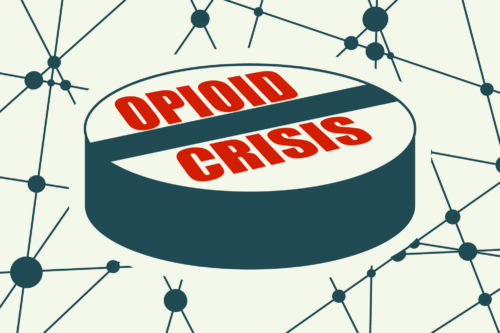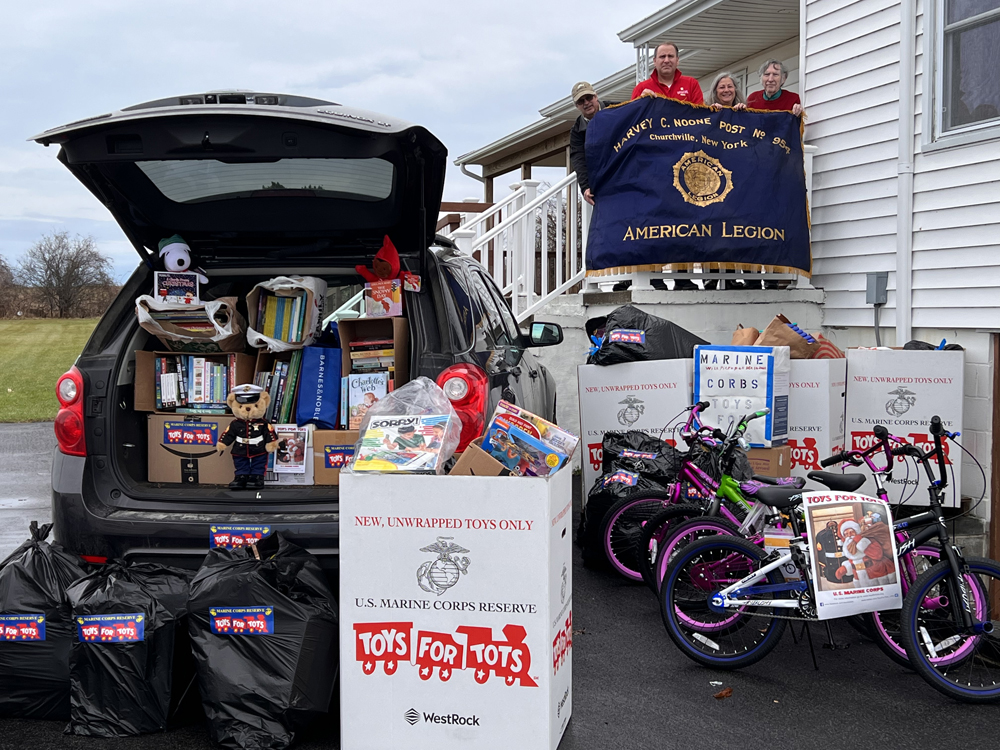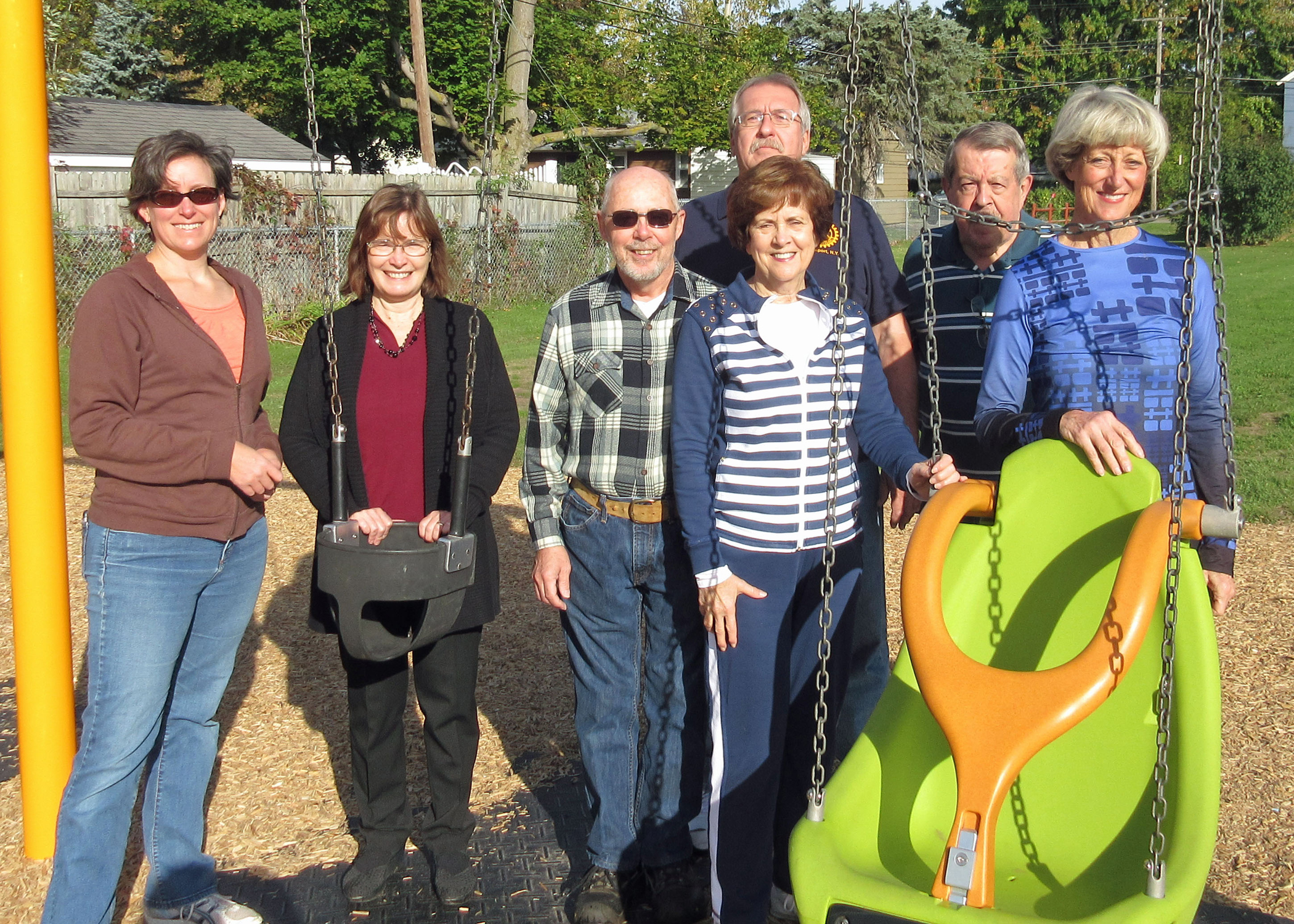Naloxone Leave Behind Program launched in Orleans County

In response to the escalating opioid crisis gripping our nation, the Medina Fire Department has joined with Genesee and Orleans County Health Departments (GO Health), Orleans County Mental Health and Orleans County Emergency Management in their effort to launch the Naloxone Leave Behind Program to equip residents with the lifesaving tools necessary to intervene during opioid related emergencies.
The New York State Department of Health initiated the Naloxone Leave Behind Program early in 2023 (expanding on their 2006 Overdose Prevention Program), and it has since been adopted in many regions throughout the state. The Village of Medina Fire Department is the pilot EMS agency for the program, made possible with Opioid settlement funding through Orleans County Mental Health. “The Opioid Epidemic has forever changed our small town and village life, not just as firefighters and EMS providers but as members of this community” said Medina Fire Department Lt. Steve Cooley, who played a critical role in bringing this program into Orleans County.
After a brief trial period, the program will eventually be offered to all fire/EMS agencies within the county to voluntarily participate in. Mobile Crisis Teams operating within the county and Orleans County Probation will also be participating in the program.
The Naloxone Leave Behind Program aims to raise awareness of the overdose crisis and to increase access to naloxone. Naloxone, often referred to by its brand name “Narcan”, is a life-saving medication that can quickly restore the breathing of a person experiencing an opioid overdose. “Enhancing access to care and treatment through efforts like the Leave Behind Kit program is crucial to communities, especially for rural communities. The kits will also include additional information on available resources for those experiencing mental illness or emotional distress, because we know that we need to promote an individual’s overall wellbeing,” said Danielle Figura, LCSW-R, Director of Orleans County Mental Health and Director of Community Services for Orleans County.
“Every first responder knows that immediate intervention is crucial,” said Justin Niederhofer, Director of Emergency Management. “In our rural community, and with the national EMS crisis, friends and family are often the first to recognize the signs of an overdose or to find the victim. The Naloxone Leave Behind Program essentially puts the lifesaving tools in the hands of those first on-scene.”
GO Health has identified a trend of elevated cocaine use locally that is causing fatal fentanyl overdoses. “Through wastewater analysis, we have found that cocaine consumption is very high throughout Genesee and Orleans Counties compared to other areas nationally,” stated Paul Pettit, Public Health Director for GO Health. “When cocaine is contaminated with fentanyl, it is causing preventable overdoses and overdose deaths. Many people who use street drugs like cocaine and counterfeit pills are unaware that what they are taking may contain a lethal dose of fentanyl. This is an example why the Naloxone Leave Behind Program is crucial for saving lives.”
Following an opioid related emergency, a leave behind kit will be offered to the family, friends or bystanders present at the incident. Each naloxone kit contains naloxone intra-nasal spray, 4mg/0.1ml (4 doses), a CPR face shield, signs of an overdose information card, emergency use instructions and additional information for those seeking further help. Trained personnel will provide training to those receiving leave behind kits.
“This program goes a long way to raise awareness, reduce the stigma surrounding opioid use disorders, and has the potential to save lives,” said Niederhofer. “These other departments and organizations have worked hard to get this program off the ground. We are happy to have been asked to join this effort going forward!”
GO Health, Village of Medina Fire Department, Orleans County Mental Health, and Orleans County Emergency Management are committed to continuing efforts to address the opioid crisis and ensure the well-being of all residents. “This is a true example of collaboration, partnership, and maximizing the roles of our agencies working together, looking to achieve the same goal, by saving lives and reducing the number of opioid related overdoses and overdose related deaths in the Orleans County community,” says Danielle Figura, LCSW-R, Director of Orleans County Mental Health and Director of Orleans County Community Services.






